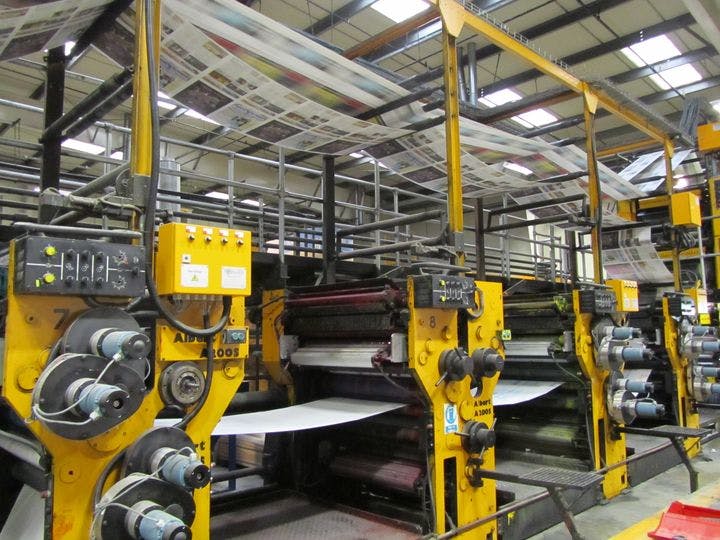Summer 2009
The Web News Fallacy
– The Wilson Quarterly
Think newspapers can only exist online? A study reveals the only three or four percent of newspaper reading happens there.
Newspapers are migrating to the Web at a furious pace, and advertisers began fleeing there long ago. But one group has been left behind: readers. According to Martin Langeveld, a blogger at News After Newspapers and a former newspaper business executive, only three to four percent of newspaper reading occurs online.
The Newspaper Association of America estimates that newspapers have a daily print audience of 116.8 million. Each reader looks at 24 pages, about half the pages published in the average paper, and reads for roughly 25 minutes. All this adds up to about 87 billion print page views per month. On the Web, the association says, Nielsen figures show that newspaper sites get 3.2 billion page views in an average month. Thus, the online share of newspaper readership is only 3.5 percent. All told, newspapers claim the attention of readers for a total of 99.5 billion minutes per month, with only three billion of those minutes spent in front of a computer screen, according to the Nieman Lab figures.
Langeveld’s specific numbers have a back-of-the-envelope feel, but his general conclusion jibes with those of other writers who believe that the much-discussed tidal wave of newspaper readership moving from print to the Internet is more fantasy than fact. A British blogger has written that online sites account for only 17 percent of the page views by British newspaper readers. An important caveat is that total newspaper readership—including paper and electronic readers—has been sliding for 30 years. Circulation has dropped by more than 10 million since the late 1970s, reaching 48,408,000 last year. Many people are simply getting the news from other sources—or not at all.
Commenters on Langeveld’s post questioned whether each newspaper copy is truly read by 2.128 readers, as the industry has long claimed, whether readers look at half of the pages in their papers every day, and whether they spend anything like 25 minutes at the task.
Langeveld maintains that the “pass-along” rate, showing that each paper copy is read by more than two people, is based on sound survey statistics. He acknowledges that his measures of pages read and time spent are estimates. Even if they are cut in half, he says, they show that the overwhelming number of newspaper readers are still getting their fix from ink anddead trees.
THE SOURCE: “Print Is Still King: Only Three Percent of Newspaper Reading Happens Online” by Martin Langeveld, in Nieman Journalism Lab at www.niemanlab.org, April 13, 2009.
Photo courtesy of Flickr/Newspaper Club
